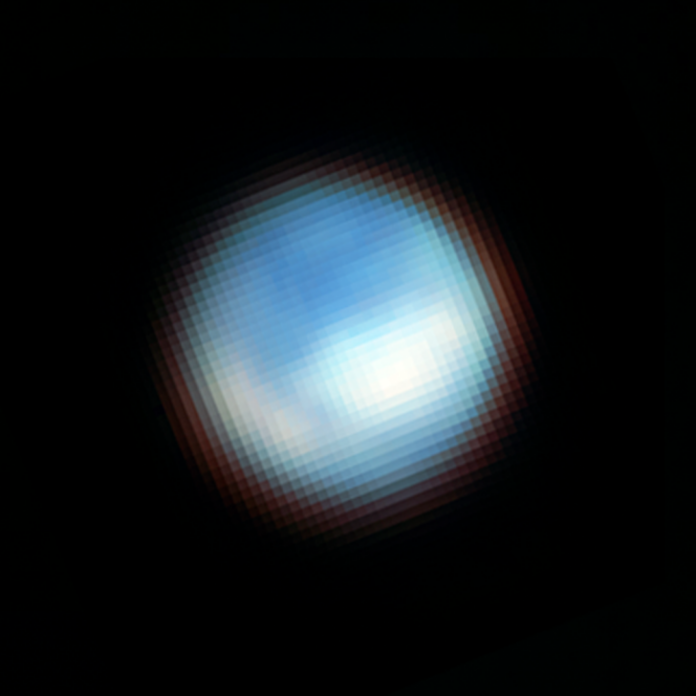
After failing to find any extraterrestrial links to Unidentified Anomalous Phenomena (UAP), or commonly called UFOs, the National Aeronautics and Space Administration (NASA) has found one of the building blocks of life, carbon, on Jupiter's icy moon Europa. Europa has often been characterized as having high chances of alien life, and NASA has several missions planned to explore the planet further.
The latest discovery was made by the James Webb telescope, and it is the first time that researchers have confirmed that carbon is present on the Moon. Early analysis shows that the carbon is local to Europa, i.e., it did not reach the moon through meteorites or other objects, and the samples discovered appear to be quite fresh.
Carbon Discovered On Europa Is Limited To Some Regions Shows Early Analysis
Courtesy of the James Webb telescope, which created quite a bit of hype after it became operational and started capturing images of galaxies in higher quality, researchers have now discovered different kinds of carbon in Europa. Life on Earth is derived from a handful of elements, which have gradually led to complex life forms such as animals and other organisms to populate the Earth and create an ecosystem.
The elements needed for life are carbon, hydrogen, nitrogen and oxygen, and this is the first time that carbon has been discovered on Europa. Europa is one of Jupiter's numerous Moons, and it is also one of the closest orbiting body to the largest planet in the solar system. Jupiter has a whopping 95 moons in total, and these are divided into several categories. Europa belongs to the category with stable orbits, and it is the smallest moon in its category.
Its surface is made of either water or salt, which lends Europa little topographical characteristics like the Earth's Moon. The presence of water on Europa and surrounding radiation from Jupiter also leads to hydrogen and oxygen being present on the moon, leaving nitrogen the only building block of life that is yet to be discovered on Europa.

Since Europa's surface is covered by water, it becomes difficult for lighter elements, such as hydrogen, to come to the surface even though the water is split into its constituent elements by radiation from Jupiter. This wasn't the case for carbon, as, according to scientists, the white pixels in the images above represent carbon.
The element is found in a region that researchers have dubbed as Tara Regio, which represents recent 'chaos' on Europa. Since most of the moon is covered by ice, Tara Regio is a recently resurfaced subsurface ocean that emerged after the ice covering this region broke apart. This has led to the surface and the ocean exchanging materials, out of which one is carbon.
Chaos on the European surface has also led researchers to question how much of the moon's surface is ice and how much is water that has emerged from below. The nature of this Jupiterean moon has also stoked interest at NASA, which plans to fly several imaging missions dedicated especially to Europa.
One of these is the Europa Clipper mission, which is slated to fly on SpaceX's Falcon Heavy next year. The Clipper is designed to specifically investigate Europa's subsurface ocean to determine whether it is suitable to support life, and it will make dozens of flyby of the moon as close as 25 kilometers above the surface for clear imagery.
WccftechContinue reading/original-link]




